Alright – so today we’ve got the honor of introducing you to Ariel Esquivel. We think you’ll enjoy our conversation, we’ve shared it below.
Hi Ariel, thanks for joining us today. Can you talk to us about a project that’s meant a lot to you?
From the very beginning of my creative journey, I knew that art could be more than a personal expression it could be a vessel for connection, healing, and change. As an only child, I was often alone, but I learned early on to speak with clarity and confidence. Even as a kid, I could get my point across, but what truly filled those quiet spaces of childhood was art. My elementary school art teacher, Ms. Englander, nurtured that early spark, showing me that creativity could be both a refuge and a way to connect with the world around me.
One of the most meaningful projects I’ve worked on is Shelter: A Sense of Place, an exhibition exploring the concept of “home” and the layers of safety, displacement, and belonging. This project was born from my own experiences of feeling untethered, and from the stories of people in my community who have faced housing insecurity or displacement. Curating and creating works for Shelter allowed me to collaborate with other artists, writers, and community members. Together, we created an immersive space where visitors could reflect on what shelter means to them and what it means when it’s taken away.
Another project close to my heart involved collaborative artmaking with children. As a parent and an artist, I’ve witnessed the pure, unfiltered creativity that comes when kids are invited into the process. By weaving their ideas with my own, I’ve learned to let go of control and embrace the unexpected. These projects remind me why I chose this path: to celebrate imagination, to foster empathy, and to make art that feels alive.
Most recently, I curated Ofrendas: A Living Memory, a group exhibition at City Park in Dallas. This project has been deeply meaningful because it not only honored Hispanic heritage but also activated a public space as a place of gathering, remembrance, and cultural pride. The exhibition brought together artists who created ofrendas and artworks that spoke to memory, ancestry, and resilience. The impact was immediate families, children, and community members filled the park, engaging with the art in ways that were both celebratory and healing. The sight of people connecting across generations and cultures affirmed the importance of making art accessible in public spaces, where it can truly belong to everyone.
Throughout my career, I’ve sought out opportunities to work on projects that start conversations about social justice, mental health, and the hidden struggles people carry. Art has the power to bring people together and to break the silence around difficult topics, and that’s what I want to spend my life doing.
Meaningful projects aren’t always the easiest or the most profitable, but they’re the ones that make me certain I’m exactly where I need to be. They’re a testament to my belief that art can build bridges, inspire change, and remind us of our shared humanity.
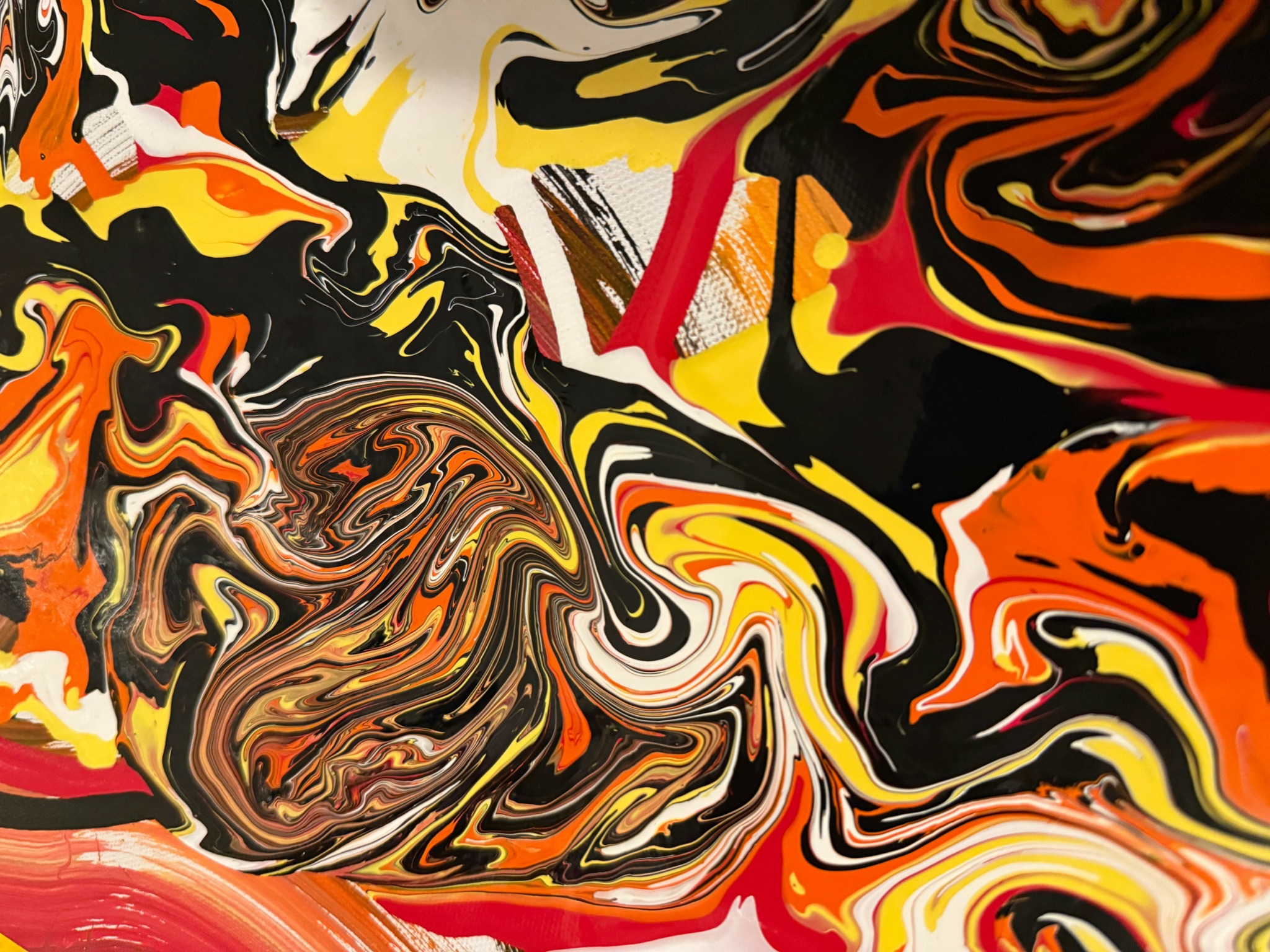
Ariel, before we move on to more of these sorts of questions, can you take some time to bring our readers up to speed on you and what you do?
I’m an artist, curator, and storyteller based in Texas, and I create works that explore themes of belonging, shelter, memory, and resilience. My journey into the arts wasn’t linear; I struggled with words growing up and felt like I couldn’t fully express myself through language alone. Art became my voice a way to communicate what I felt but couldn’t always say.
I began making art seriously in my early adulthood, experimenting with painting, installation, and mixed media. Over time, I found myself drawn to projects that not only expressed my own experiences, but also opened space for others to share theirs. This led me to curating exhibitions like Shelter: A Sense of Place, where we invited artists and community members to reflect on the meaning of home, safety, and displacement.
In my own practice, I create visual works that combine abstract textures with symbolism drawn from personal and collective histories. I also co-curate exhibitions and community art projects, working with fellow artists, writers, and cultural organizations to amplify stories that often go unheard. I see myself not just as a maker of art, but as a facilitator of conversations that can foster empathy, connection, and social change.
The “problems” I help solve for my clients or audiences are often intangible but deeply important: I help people feel seen. I provide spaces physical and emotional where complex feelings like grief, longing, hope, or belonging can be acknowledged. For collectors, my work offers art that carries meaning beyond aesthetics. For communities, my exhibitions create opportunities to engage with themes that affect us all.
What sets me apart is my commitment to honesty and vulnerability, both in my own art and in the curatorial spaces I create. I believe art is most powerful when it tells the truth even when it’s uncomfortable and when it invites everyone, not just the art world elite, into the conversation.
I’m most proud of projects where I’ve helped build bridges: between artists and their communities, between people’s personal experiences and broader social issues, and between strangers who discover common ground through art.
For anyone who wants to know more about me or my work, I hope you’ll see that I put my heart into everything I do. I care deeply about creating art that matters art that heals, inspires, and brings people together.
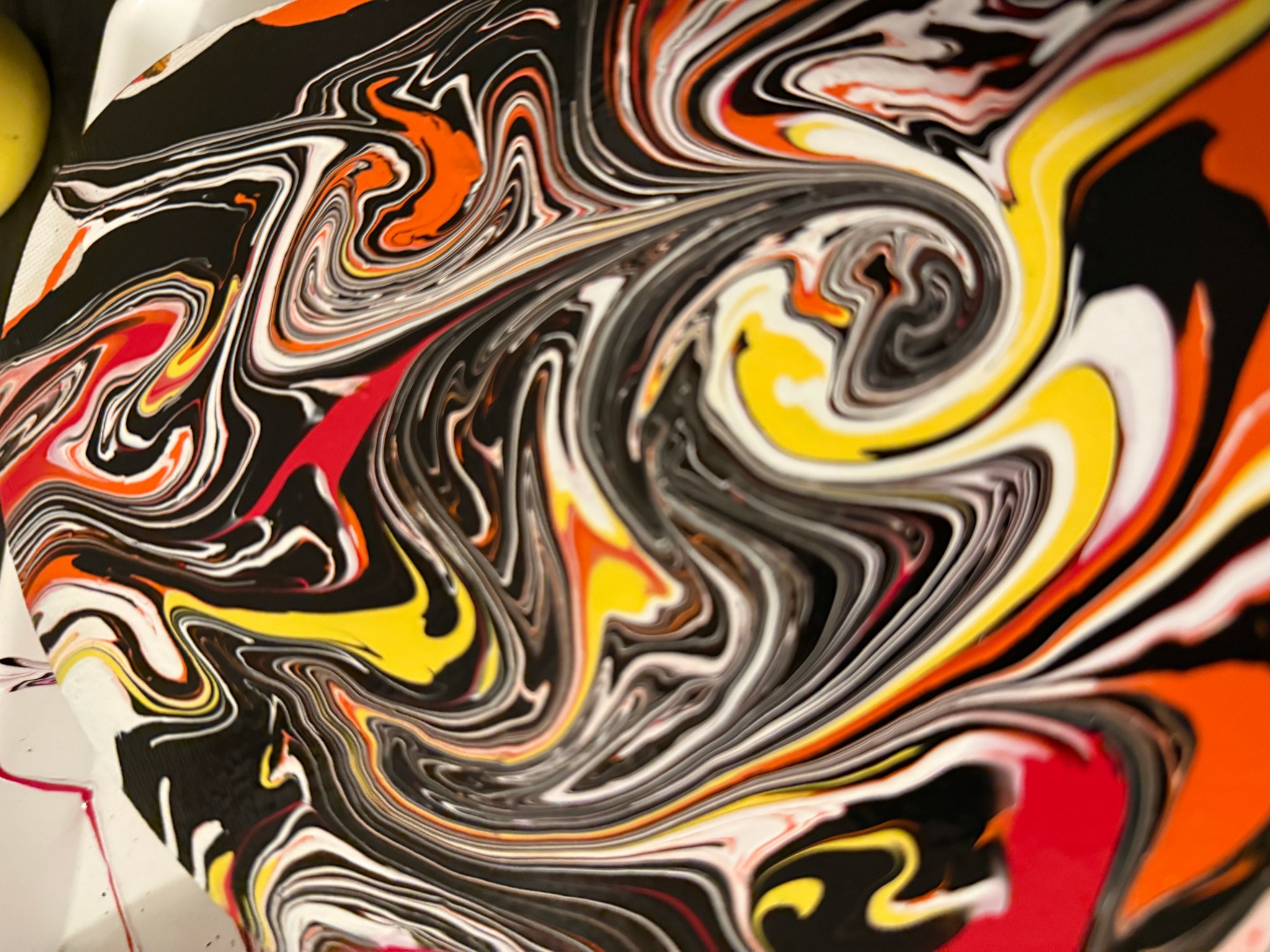
Is there a particular goal or mission driving your creative journey?
Yes! My creative journey is driven by a mission to empower others through authentic storytelling and meaningful connection. I want to create work that not only reflects my own experiences but also inspires small business owners and creatives to embrace their unique voices, overcome challenges, and build supportive communities. Ultimately, my goal is to foster creativity as a tool for personal growth and collective impact.
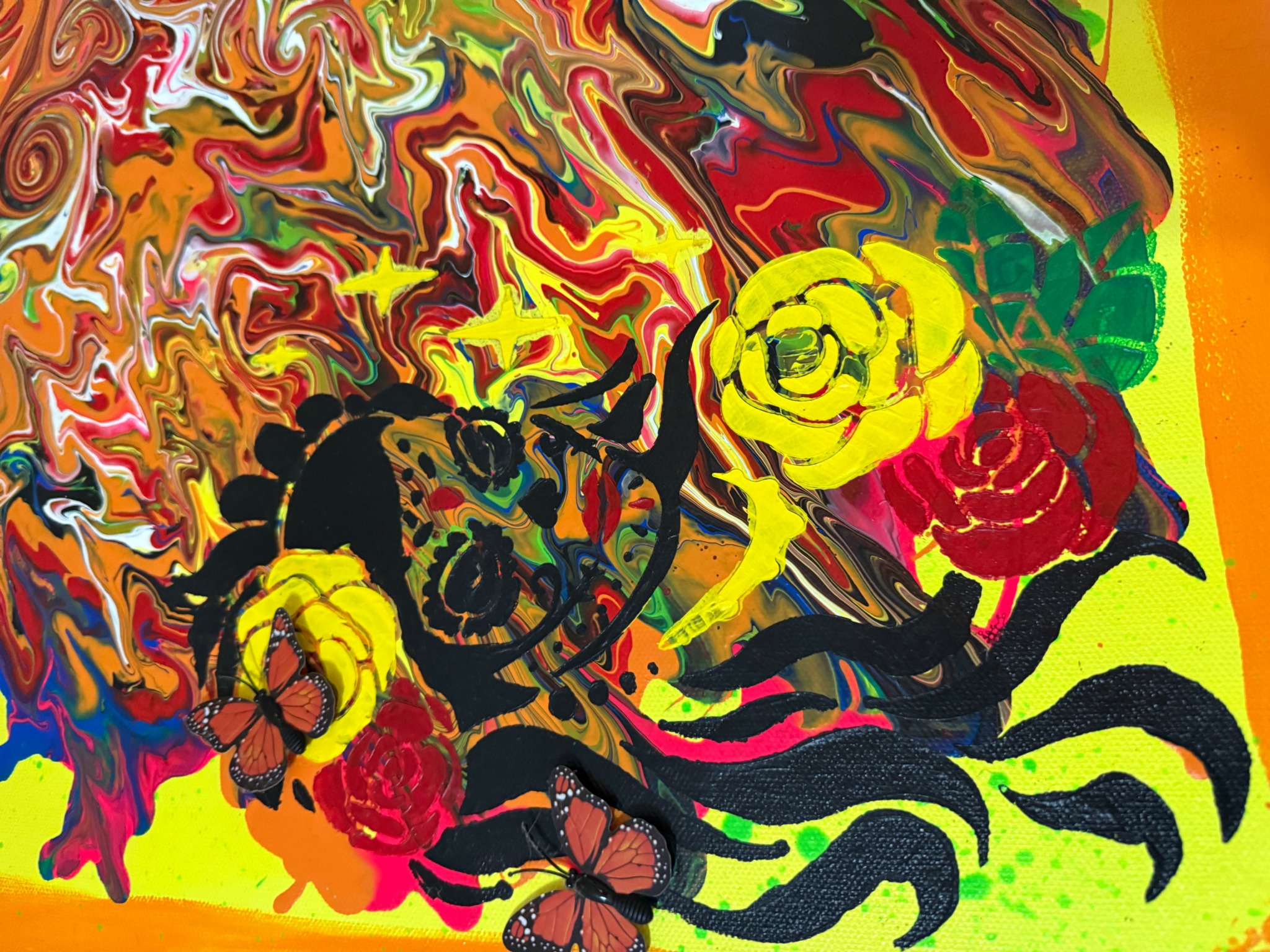
For you, what’s the most rewarding aspect of being a creative?
For me, the most rewarding aspect of being a creative is the ability to turn ideas and emotions into something tangible that resonates with others. It’s incredibly fulfilling to create work that sparks inspiration, starts conversations, or offers comfort and connection. Being a creative also means constantly learning and evolving, which keeps my journey exciting and meaningful every day. Ultimately, knowing that my art can impact others and build community is what fuels my passion the most.
Contact Info:
- Website: https://ariel-esquivel.pixels.com/
- Instagram: Ariel.esquivel24
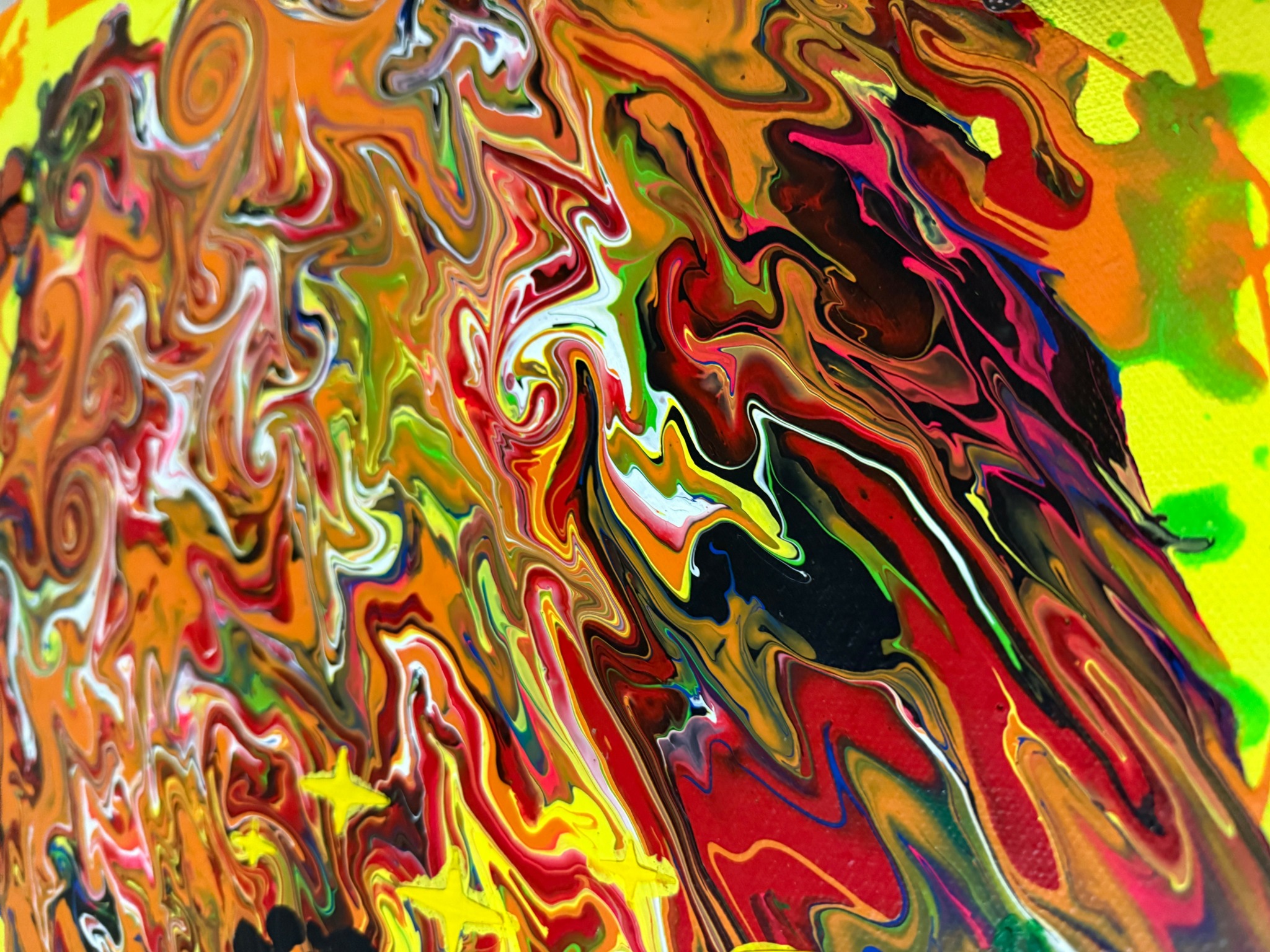
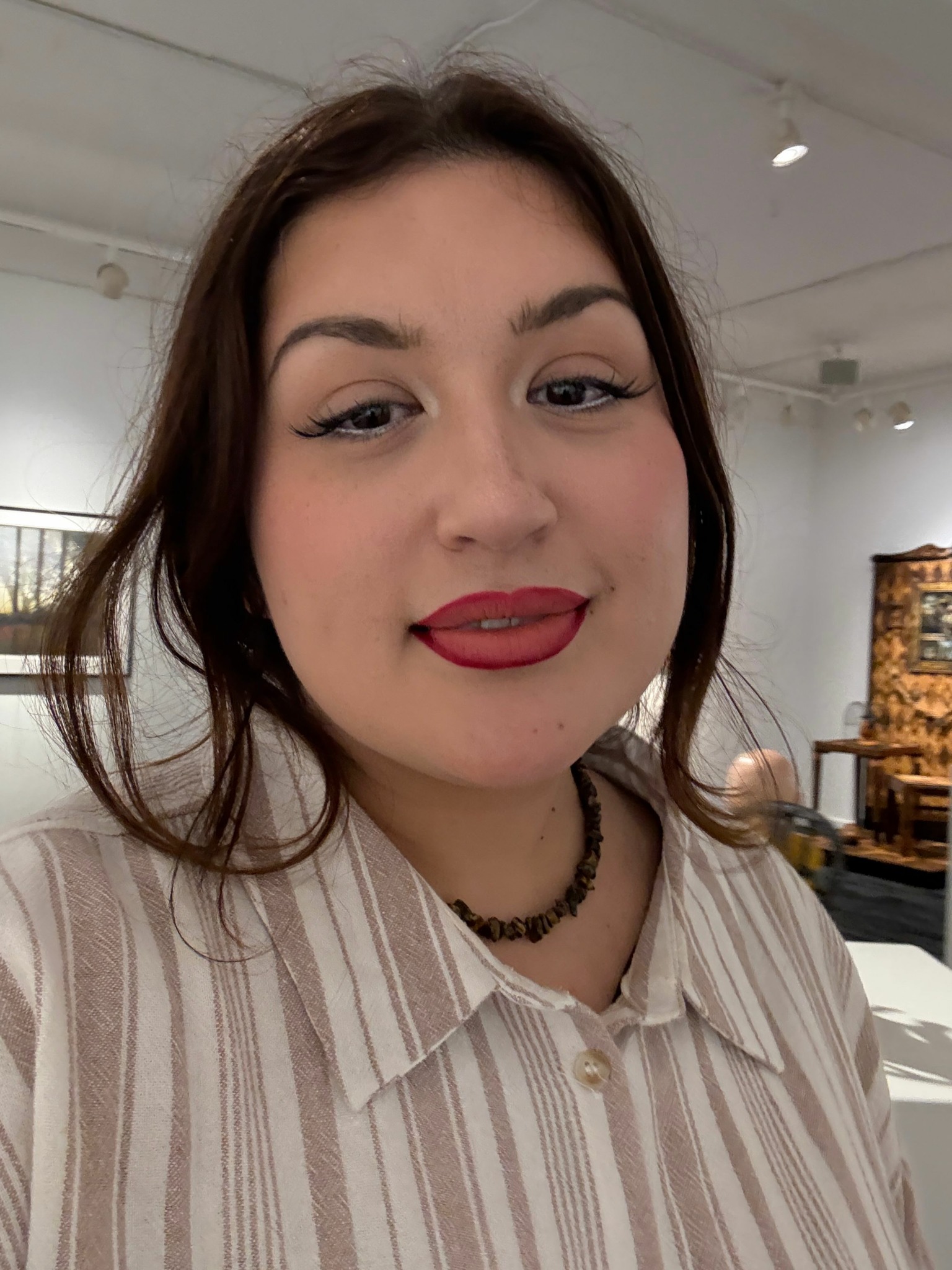
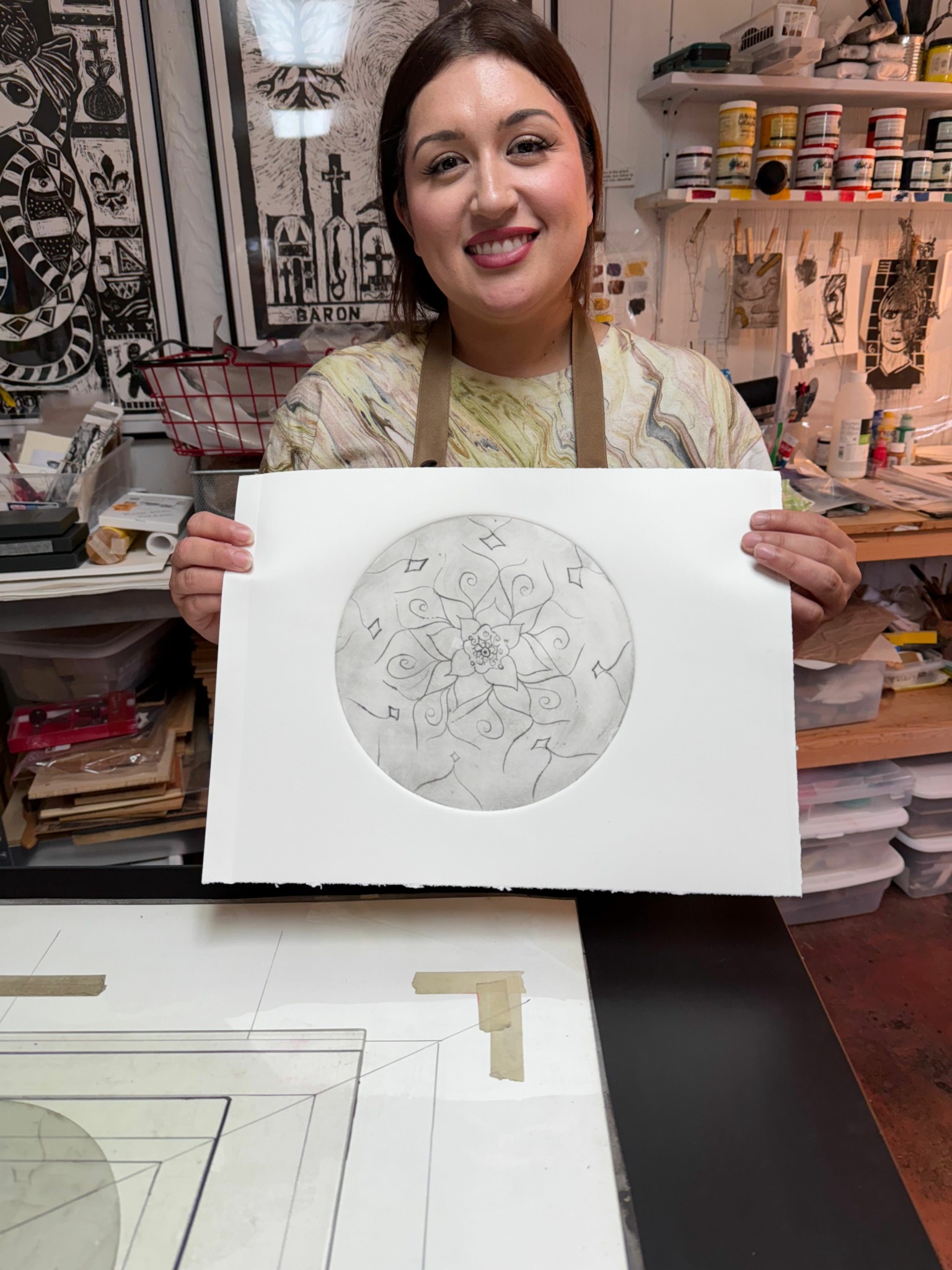
Image Credits
Monica Barrera
Junanne Peck
Ariel Esquivel


